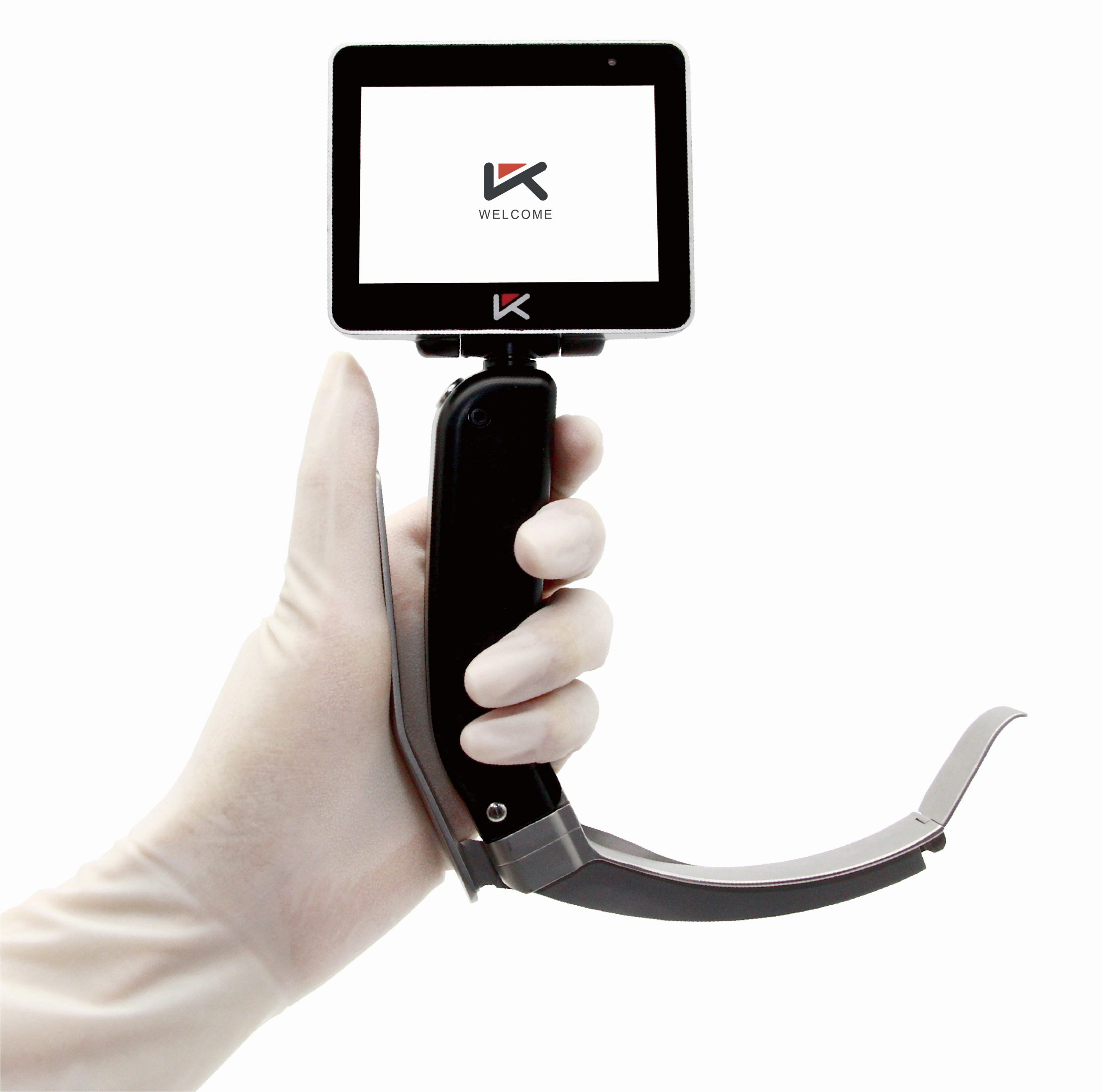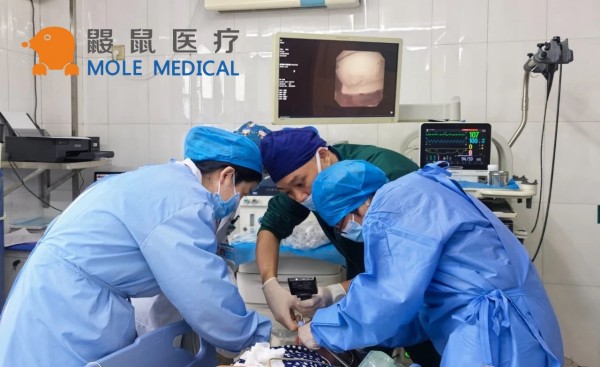Video laryngoscope: making throat diseases have nowhere to hide
Mar 22, 2024
In the medical field, technological advancements have not only changed our treatment methods, but also greatly improved the accuracy and efficiency of diagnosis.
In recent years, video laryngoscope, as an advanced medical equipment, has brought revolutionary changes to the diagnosis and treatment of throat diseases with its intuitive and accurate characteristics. It is like a clever detective, making throat diseases nowhere to hide and bringing good news to patients.
Video laryngoscope, as the name suggests, is a medical device that can observe the internal conditions of the throat in real time through the display screen. It combines optical, electronic and computer technologies to clearly display the anatomy and lesions of the throat. Compared with traditional laryngoscopy, video laryngoscopy has higher resolution and a larger observation range, and can detect some tiny lesions that are difficult to detect with traditional methods.
Video laryngoscopy plays a pivotal role in the diagnosis of throat diseases. For common diseases such as chronic pharyngitis, tonsillitis, and vocal cord polyps, video laryngoscopy can directly observe the lesion and accurately judge the condition. In addition, video laryngoscopy can also provide important diagnostic basis for some difficult diseases, such as laryngeal tumors and vocal cord paralysis. Doctors can make a more accurate diagnosis by observing the shape, color, size and other characteristics of the lesions, combined with the patient’s medical history and clinical manifestations.
In addition to its diagnostic function, video laryngoscope also shows unique advantages in treatment. During the operation, doctors can use the precise positioning function of the video laryngoscope to accurately remove diseased tissue and reduce damage to surrounding normal tissue. At the same time, the video laryngoscope can also be used as an auxiliary tool to help doctors perform precise punctures, injections and other operations to improve the effectiveness and safety of treatment.
The application of video laryngoscope not only improves the accuracy of diagnosis of throat diseases, but also greatly improves the patient’s medical experience. Traditional laryngoscopy often requires patients to maintain a specific posture, which can easily cause discomfort and panic. The video laryngoscope adopts a more user-friendly design, allowing patients to perform examinations in a relatively comfortable state, reducing unnecessary pain and fear.
However, despite the many advantages of video laryngoscopy, there are still some issues that need to be paid attention to in practical applications. First of all, the operating doctor needs to have certain professional knowledge and skills to ensure the accuracy and safety of the examination. Secondly, for some special patients, such as children, the elderly or patients with severe cardiopulmonary diseases, examinations need to be carried out under the guidance of a doctor. In addition, as a high-precision medical equipment, the maintenance and upkeep of the video laryngoscope is also very important to ensure the normal operation of the equipment and extend its service life.
With the continuous advancement of medical technology, video laryngoscopes are also constantly being updated. Video laryngoscopes in the future will be more intelligent and portable, and can better meet clinical needs. At the same time, with the development of artificial intelligence and big data technology, the diagnostic and treatment capabilities of video laryngoscopy will be further improved, providing more powerful support for the prevention and treatment of throat diseases.
Categories
Latest Articles

Disposable Nephroscopes: Redefining Safety & Efficiency in Urology
Introduction The shift towards minimally invasive urological surgery has found a pivotal ally: the disposable nephroscope. As traditional reusable scopes grapple with persistent biofilm contamination risks and soaring sterilization costs, the global medical community is rapidly adopting single-use solutions. This article analyzes the clinical value, technological evolution, and dynamic innovation landscape driving this transformative shift. ... Read more

Disposable Video Laryngoscope Blades: The Ultimate Solution for Preventing Cross-Contamination
In the operating room, as the cold light of a video laryngoscope illuminates a patient’s airway, an age-old medical challenge is being redefined: How can life-saving instruments avoid becoming vectors of infection? Jiangsu MoleMedical drives an innovative safety revolution—replacing reusable devices with single-use, sterile laryngoscope blades that create a pure barrier for critical airways. Traditional video ... Read more
-2.jpg)
FDA & CE Approved Video Laryngoscope: What Makes It Stand Out?
Introduction In high-pressure emergencies and precision-driven operating rooms, video laryngoscopy is revolutionizing airway management. Mole Medical’s FDA and CE-certified technology replaces tactile-dependent “blind intubation” with real-time visual navigation – enhancing safety, accuracy, and clinical outcomes worldwide. Why Certification Matters Mole Medical’s dual certifications validate its global compliance and performance: FDA Clearance: Rigorous validation of safety/efficacy ... Read more

Mole Medical Showcases Advanced Endoscopy Solutions at CMEF Autumn 2025, Driving Global Partnerships
Guangzhou, China – September 26-29, 2025 – The 92nd China International Medical Equipment Fair (CMEF Autumn) concluded successfully on September 29th at the Canton Fair Complex in Guangzhou. Mole Medical Technology Co., Ltd. (Mole Medical) made a significant impact at the event, drawing global medical professionals and partners to its booth (Hall 2.1, Stand Q24) ... Read more

How to Use Disposable Ureteroscopes Safely and Efficiently
In the field of urology, the application of disposable electronic ureteral-kidney pelvis endoscopy catheters is leading the technological innovation in minimally invasive surgeries. According to the 2024 multi-center research data from China’s urology department, among the over 5,000 surgeries included, the patient group using disposable catheters performed significantly better in key indicators such as operation ... Read more



